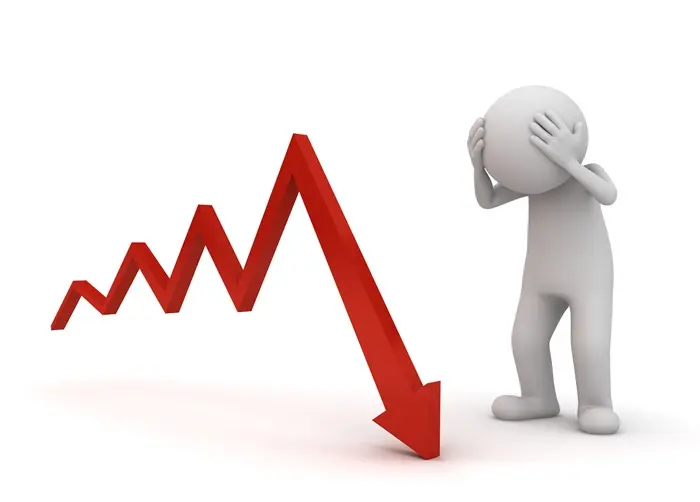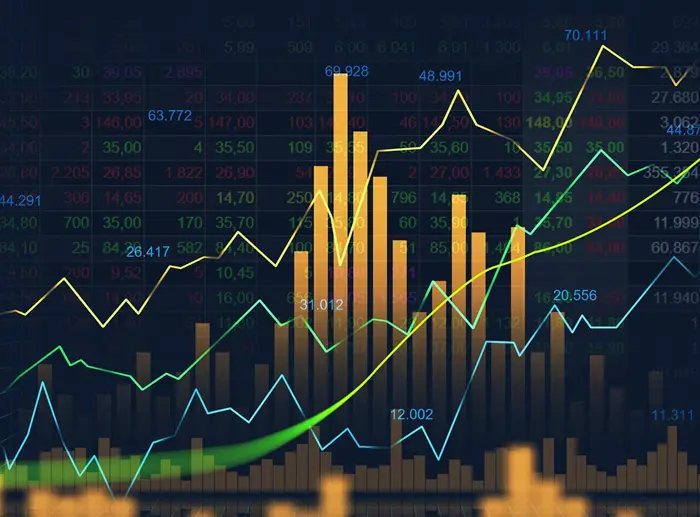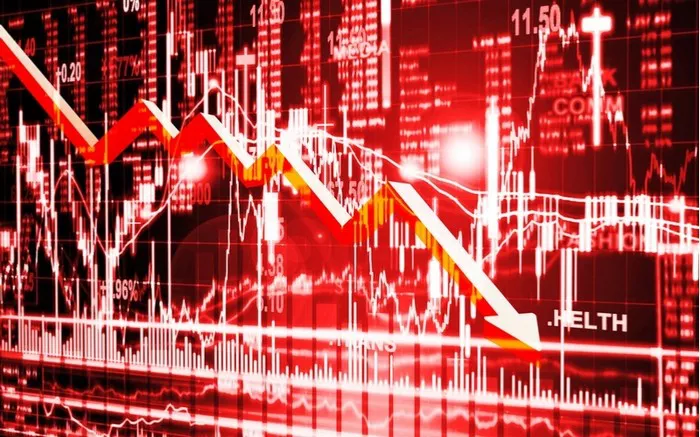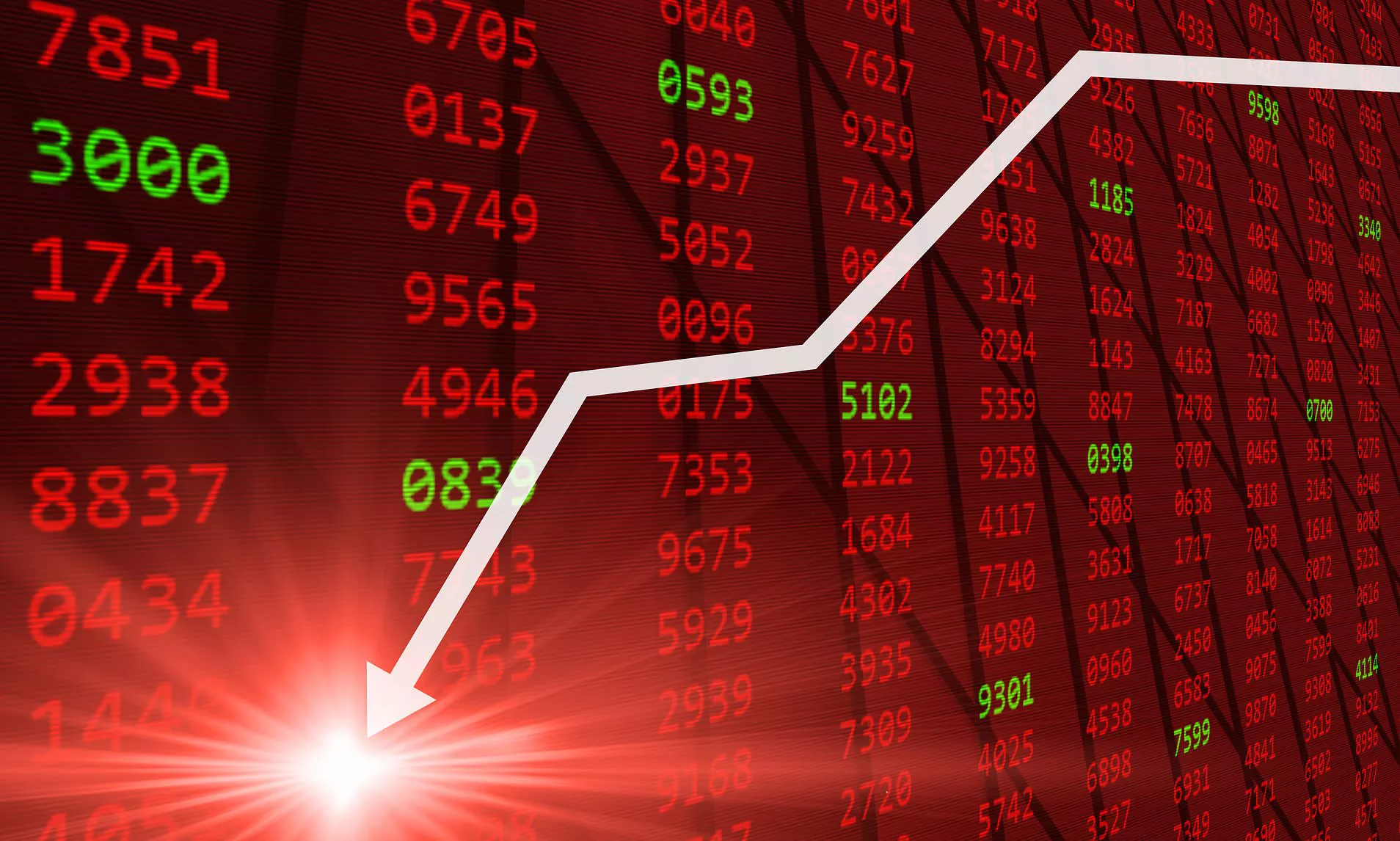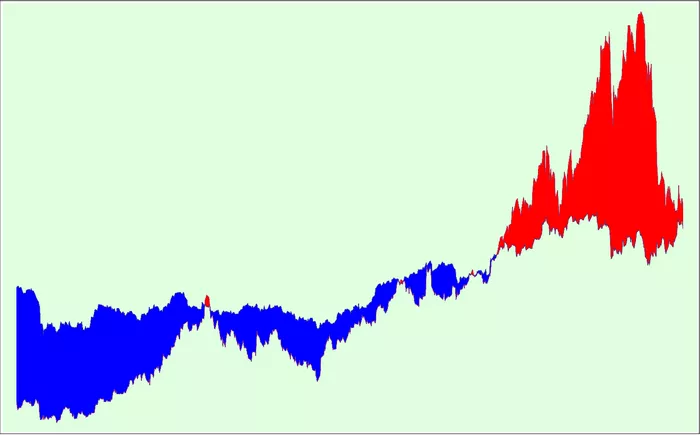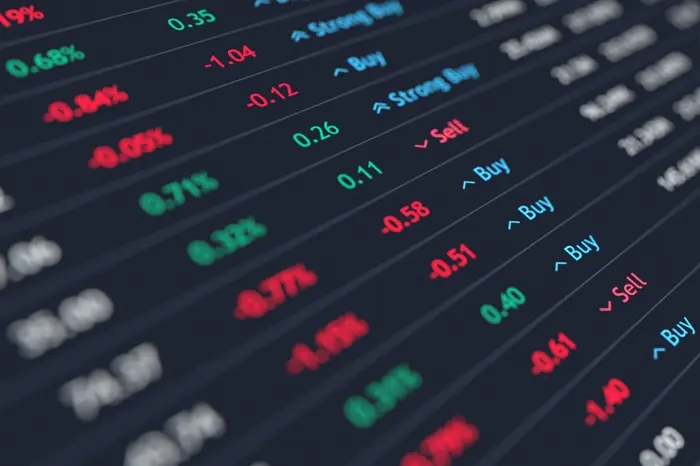Amazon is one of the largest and most influential companies in the world today. Its stock price, symbolized as AMZN on the NASDAQ, is closely followed by investors, analysts, and financial enthusiasts alike. In this article, we will explore how much Amazon stocks are, the factors influencing their price, and how investors can track and assess Amazon’s stock movements.
Introduction
Before diving into specific numbers, it’s essential to understand the nature of Amazon’s stock. Amazon began as an online bookstore in 1994, founded by Jeff Bezos. Over the years, it has grown into a global leader in e-commerce, cloud computing, digital streaming, and artificial intelligence. Today, Amazon’s stock is considered one of the most stable and sought-after in the stock market.
Amazon Stock’s Growth Over Time
Amazon’s stock history is a tale of rapid growth. In the early years, Amazon’s stock traded at relatively low prices, especially during its initial public offering (IPO) in 1997, when shares were priced at $18 each. As Amazon expanded its business model and ventured into new industries, the stock value skyrocketed, particularly in the last two decades.
One of the key factors behind Amazon’s impressive stock price surge is its ability to dominate various industries while consistently delivering strong financial results. The company’s strong earnings reports, increased market share, and innovative business strategies have all played a role in elevating its stock price.
How to Track Amazon Stock Price
Amazon Stock on the Stock Market
Amazon’s stock price is available on financial news sites and can be monitored in real time. The most straightforward way to track Amazon’s stock price is to look at the performance of AMZN on major financial platforms such as:
- Yahoo Finance
- Google Finance
- MarketWatch
- CNBC
These platforms offer live updates, historical data, charts, and in-depth analysis of Amazon’s stock.
What Affects Amazon’s Stock Price?
Several factors influence Amazon’s stock price. Understanding these can help investors predict potential movements or make more informed decisions.
1. Revenue and Profitability
Amazon’s quarterly earnings reports, which reveal its total revenue and profits, are a critical factor in determining stock price movements. The company has consistently posted strong revenue growth, particularly in its core e-commerce business and cloud services through Amazon Web Services (AWS).
Earnings Reports: Investors look for Amazon’s earnings per share (EPS) to understand the company’s profitability. Positive earnings generally lead to an increase in the stock price, while weak earnings or forecasts can have the opposite effect.
2. Economic Conditions
Like any other company, Amazon’s stock price is influenced by the state of the global economy. A thriving economy leads to more consumer spending, benefiting Amazon’s retail business. However, during recessions or economic downturns, Amazon may face challenges, which could cause a decline in its stock price.
Global Market Trends: Fluctuations in global markets, currency exchange rates, and inflation all affect Amazon’s stock.
3. Competition
Amazon operates in highly competitive markets, from e-commerce giants like Walmart and Target to technology companies like Google and Microsoft. The emergence of new competitors can put pressure on Amazon’s market share and impact its stock price.
4. Regulatory Issues
As a global tech giant, Amazon faces potential scrutiny from regulatory bodies around the world. Antitrust issues, privacy regulations, or tax changes in different countries can significantly affect Amazon’s profitability and stock price.
5. Technological Innovation and Acquisitions
Amazon’s continuous investment in technology and its strategic acquisitions play a crucial role in its stock valuation. For instance, acquisitions like Whole Foods, Twitch, and Ring have helped Amazon diversify and enhance its competitive edge.
How Much is Amazon Stock Today?
Amazon’s stock price fluctuates throughout each trading day based on various market factors. On average, Amazon’s stock price has seen substantial growth over the years, with the share price consistently crossing higher thresholds as the company expanded.
Real-Time Amazon Stock Price
At any given moment, you can find the exact stock price of Amazon by visiting any financial news website or stock trading platform. The price can vary during the day, with spikes during earnings season or market events.
For instance, if Amazon’s stock price is listed at $3,300 per share, it means that one share of Amazon is valued at $3,300. It is important to note that stock prices are influenced by market forces and can experience considerable volatility. Prices may rise or fall based on positive or negative news, earnings reports, or market sentiment.
Amazon Stock Splits
An important event to note in Amazon’s history is its stock splits. The company has undergone multiple stock splits in the past. For example, in 1999, Amazon did a 2-for-1 stock split. Stock splits are events in which a company issues more shares to existing shareholders while decreasing the stock price proportionally, meaning the overall value remains the same. Stock splits can make Amazon’s shares appear more affordable, even if the overall valuation remains high.
Historical Stock Splits:
- 1998: 2-for-1
- 1999: 3-for-1
- 2000: 2-for-1
As of the latest data, Amazon has not conducted any further stock splits, but the price remains relatively high due to the company’s continued growth.
Is Amazon Stock a Good Investment?
Amazon Stock’s Performance Over Time
Amazon has delivered solid returns for its investors, particularly those who held onto their shares long-term. Over the years, Amazon’s stock has proven to be a powerful growth asset, driven by the company’s diversified business model and dominance in key industries like e-commerce and cloud computing.
Return on Investment (ROI): If you had invested in Amazon at its IPO price of $18 per share in 1997, your investment would be worth significantly more today. The stock has grown more than 100-fold since then.
Volatility and Risk
Despite its impressive growth, Amazon’s stock price can be volatile. The tech sector, in particular, tends to experience higher volatility due to external factors such as economic changes, regulatory shifts, and technological disruptions. While Amazon has the resilience to weather many of these challenges, investors must be aware of the potential risks.
Short-Term Volatility: In the short term, Amazon’s stock can experience sharp fluctuations based on quarterly earnings, news, or shifts in investor sentiment.
Should You Buy Amazon Stock?
Deciding whether to buy Amazon stock depends on your investment goals and risk tolerance. If you’re looking for a long-term growth asset, Amazon’s stock has historically been a solid choice. However, as with any investment, there are risks, and potential investors should do their due diligence.
Pros of Buying Amazon Stock
Strong Market Position: Amazon dominates several major industries, including retail, cloud computing (AWS), and streaming.
Consistency in Revenue Growth: Amazon consistently reports revenue growth, making it an attractive option for growth-focused investors.
Global Expansion: Amazon’s international reach gives it a competitive advantage in global markets.
Cons of Buying Amazon Stock
Valuation Concerns: Amazon’s stock price may appear overvalued to some investors, given the relatively high price-to-earnings (P/E) ratio.
Economic Sensitivity: Economic slowdowns can affect Amazon’s retail business, potentially causing stock price declines.
Regulatory Risks: Amazon faces scrutiny from governments and regulators, which could impact its stock performance.
Conclusion
In summary, the price of Amazon stocks is driven by a wide array of factors, including the company’s financial performance, market conditions, and industry developments. The stock price fluctuates regularly, but Amazon remains one of the most important companies in the world.
For investors looking to track Amazon’s stock or decide whether it’s a good investment, it’s crucial to stay informed on the company’s quarterly earnings, market trends, and external factors that can influence its stock price. While the price of Amazon’s stock may seem high, its consistent growth and market dominance make it an appealing choice for long-term investors.
As always, it is essential for potential investors to perform their own research and consider their financial goals before buying or selling Amazon stock. With careful analysis, Amazon stock can be a powerful addition to any portfolio.
Related topics:


